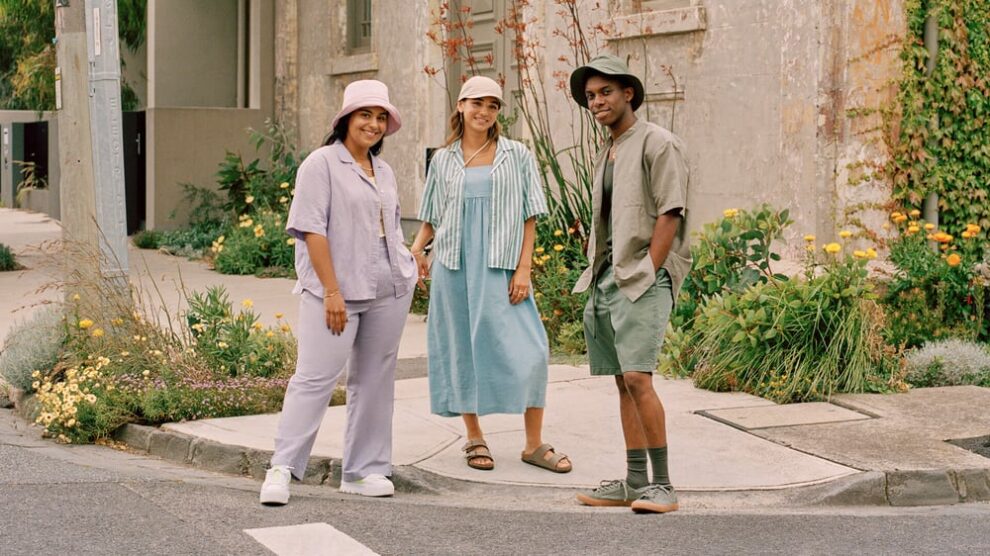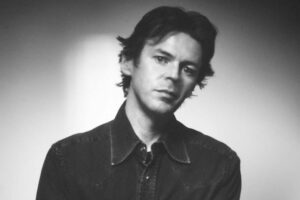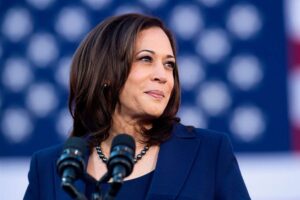As Uniqlo looks to expand further in the United States, analyst Retviews by Lectra took a close look at what the Japanese Fast Retailing group’s flagship brand has to offer in its various markets. A key player in fashion basics, the retailer insists on its timeless cuts and high-quality materials to stand out from the crowd. But what is the strategy behind its range and positioning?
Firstly, Uniqlo prices are different from country to country. The fashion chain is pursuing a more premium strategy in Europe, with an average price per item of $41, compared with $38 in the United States and $29 in Japan. As a result of inflation, its prices have risen by 8% year-on-year in Europe, and by 7% in Japan. In the United States however, prices have remained stable.

“In the US, we went through a long process of trial and error before deciding to break with the business model that sought to attract customers primarily on price. Instead, we have repeatedly communicated the merits of our ‘LifeWear’ philosophy by explaining how it ‘enriches people’s daily lives’, […] and by encouraging consumers to understand the value and merits of our clothing,” commented the company in a recent document outlining its plans for the future.

Nevertheless, the United States is the market where Uniqlo will be running the most promotions in 2023. Fourty three percent (up 25% on 2022) of items will have crossed-out prices, with an average markdown rate of -55%. In France, promotions account for only 31% of the offer (down 3% year-on-year), while in Japan they represent 41% of products.
“The US market shows the highest discounting, with the proportion of items on sale and the average discount rate respectively 5% and 31% higher than in Japan. With Uniqlo potentially struggling to manage its inventory in the US, is it implementing the most relevant collection for the US market?” asks Retviews.

In the United States, Uniqlo has a smaller range than its competitors, introducing a lower number of new items each month than the likes of Old Navy, Zara and American Eagle. Uniqlo focuses on its basics, with a more unisex style. Although it offers fewer new models, the chain stands out for its range of colours, which is twice as extensive on average for one item compared with Zara in Spain.

As far as manufacturing is concerned, Uniqlo is focusing on premium materials such as cashmere, linen and wool, which account for 4%, 2% and 7% respectively of its offer in the United States. These shares are slightly higher than the US market average, “thus solidifying its more premium status as a mass brand,” according to the analyst.

The brand, founded in 1984 by Tadashi Yanai, operates 809 shops in Japan and 1,585 units internationally (including 59 in North America). In the first half of the 2022/23 financial year (September to February), its sales in Japan rose by 11.9% year-on-year to 495.1 billion yen (€3.3 billion), while its international business jumped by 27.3% to 755.2 billion yen (€5.04 billion). While profits remained stable in Japan over the period (66.9 billion yen), they rose by 20.4% on the export market (to 124.9 billion yen).






















